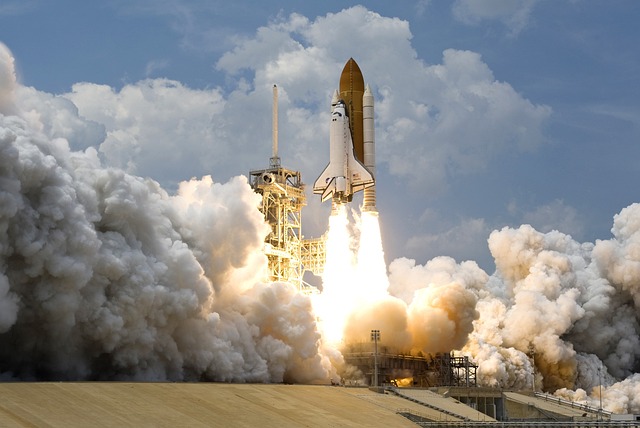The NASA Inspector General has recently released a report highlighting significant issues related to the Space Launch System (SLS) booster and engine overruns. This blog article explores the findings of the report and discusses the implications for NASA’s future space missions.
In a recent report, the NASA Inspector General has raised concerns about the significant overruns related to the Space Launch System (SLS) booster and engine development. This has drawn attention to the challenges faced by NASA in its mission to develop a reliable and cost-effective launch vehicle for future space exploration.
The SLS is a crucial component of NASA’s Artemis program, which aims to return humans to the Moon and pave the way for future manned missions to Mars. However, the report reveals that both the booster and engine development for the SLS have experienced considerable setbacks, leading to delays and cost overruns.
The report highlights several factors contributing to these issues. One key factor is the inadequate management of the contracts awarded to Boeing and Aerojet Rocketdyne, the prime contractors responsible for the SLS booster and engine development. The Inspector General found that poor performance by these contractors and insufficient oversight by NASA led to delays and increased costs.
Another contributing factor is the technical challenges associated with developing cutting-edge rocket technology. The SLS is designed to be the most powerful rocket ever built, capable of carrying heavy payloads to deep space destinations. The complexity of this endeavor has posed significant engineering and manufacturing hurdles, resulting in unforeseen difficulties and additional expenses.
The consequences of these overruns are far-reaching. The delays in the SLS development have not only impacted NASA’s planned lunar missions but have also affected other programs relying on the SLS for launching important scientific payloads. These delays have implications for the agency’s ability to meet its long-term exploration goals and maintain a competitive edge in the global space race.
To address these challenges, the report recommends that NASA strengthen its oversight and management of the SLS program, improve the contractors’ performance, and enhance risk management practices. It also suggests exploring alternative options, such as leveraging commercial launch services for certain missions, to mitigate the impact of future delays.
NASA has acknowledged the issues raised by the Inspector General’s report and has committed to taking corrective actions. The agency has already made changes to its contract management approach and is implementing a more robust oversight process to ensure better accountability and transparency in future programs.
In conclusion, the NASA Inspector General’s report sheds light on the critical issues surrounding the SLS booster and engine development. The overruns and delays experienced by NASA are significant obstacles that must be overcome to achieve the agency’s ambitious space exploration goals. By addressing the identified shortcomings and implementing necessary improvements, NASA can strive towards a more efficient and successful launch vehicle program, enabling humanity’s continued exploration of the cosmos.












